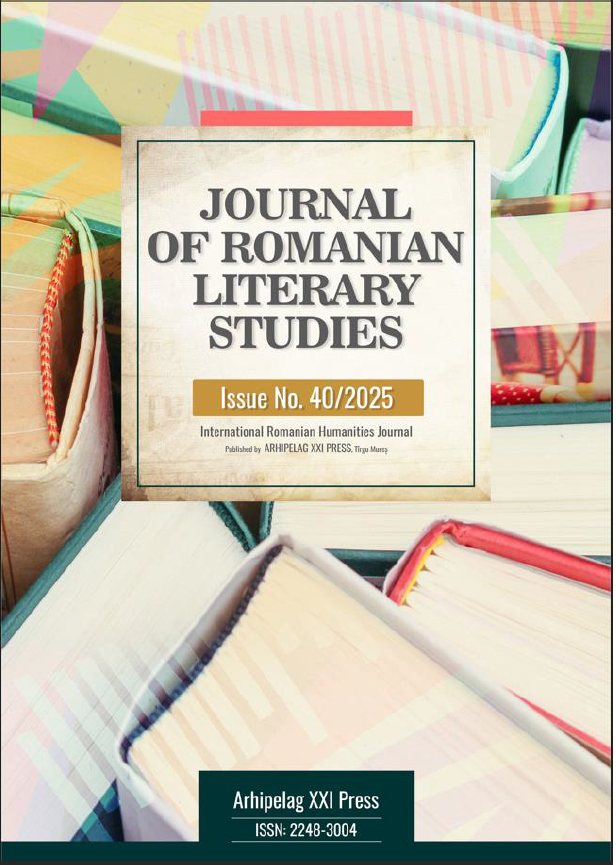AI AND EDUCATION. THE GOOD, THE BAD, AND THE CONTROVERSIAL
AI AND EDUCATION. THE GOOD, THE BAD, AND THE CONTROVERSIAL
Author(s): Alexandra Maria RogozSubject(s): Anthropology, Social Sciences, Language and Literature Studies, Education, Communication studies, Sociology, Culture and social structure , Methodology and research technology, Social development, Social Informatics, Sociology of Culture, Philology, Social Norms / Social Control, Globalization, Pedagogy, Hybrid Warfare
Published by: Editura Arhipelag XXI
Keywords: Academia; AI; Chat-GPT; GAI; Plagiarism; student assessment;
Summary/Abstract: The emergence of AI into the mainstream media at the end of 2022 is not by far the first instance of AI for free use and interaction with the general population. However, it is the first time marking the emergence of an AI that can follow prompts and construct texts that mimic the writing of humans, emulating a journalistic style in writing texts that can, with ease, be attributed to a person. The refinement of the query the person inputs into the chat bar is not only taken into account (to varying degrees of success), but the AI remembers the previous prompt, and can perfect it if the person interacting with it so requires and requests. The result in the educational field is, of course, that numerous students resort to the Chat-GPT AI for the elaboration of their essays, as well as for the purpose of cheating during tests. However, certain impediments arise in the usage of such methods. Namely, Chat-GPT does answer the query of the person soliciting information, however, it is not always correct, though it is delivered with the pretense of correctness. Moreover, there have been several tools developed with the purpose of identifying the origin of presumably human-written texts, such as Turnitin’s AI-detection tool. The present paper aims to discuss the issues arising from this Generative Artificial Information with respect to academia and academic integrity, with a focus on student assessments and how they need to be modified in order to account for the existence of such tools that facilitate plagiarism.
Journal: Journal of Romanian Literary Studies
- Issue Year: 2025
- Issue No: 40
- Page Range: 734-742
- Page Count: 9
- Language: English

